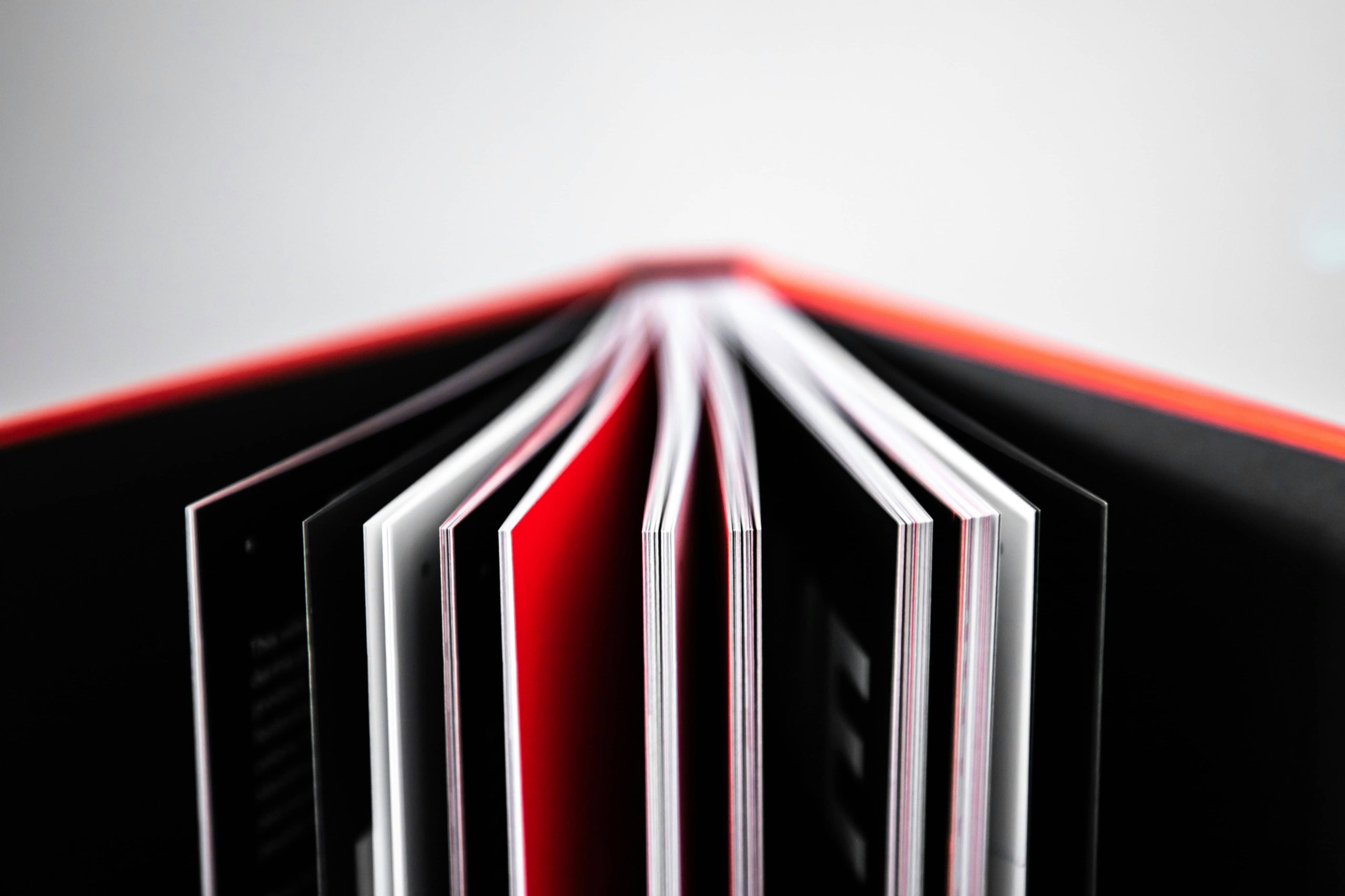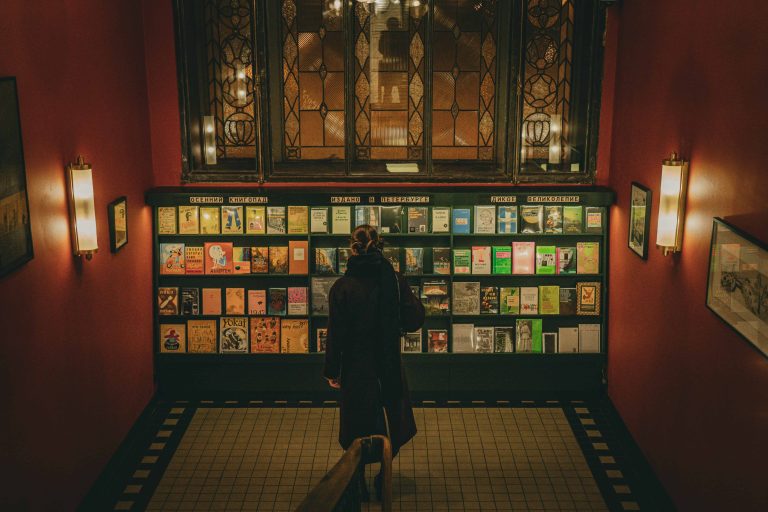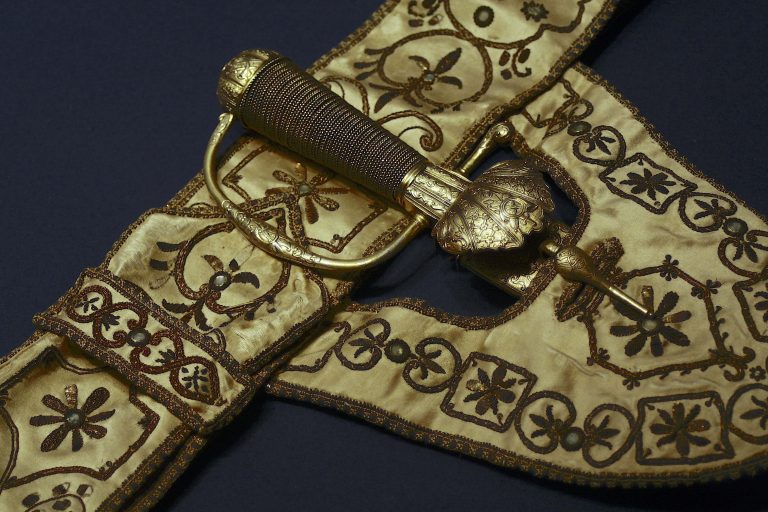A Visual Journey Through the History of Portuguese Book Design
Introduction
Portugal’s long and remarkable history of book design reflects the country’s deep artistic traditions and evolving craftsmanship. From hand-illuminated manuscripts to contemporary digital publications, the Portuguese approach to book design illustrates how art, technology, and literature have intertwined across centuries. This article explores that journey chronologically—from the early medieval manuscripts up to today’s innovative digital designs—highlighting the craftsmanship, materials, typographic evolution, and cultural significance that have shaped the Portuguese visual identity in books.
Early Manuscripts and Medieval Period (up to 15th century)
During the medieval period, bookmaking in Portugal was primarily concentrated in monasteries and scriptoria, where monks and scribes created religious manuscripts such as psalters, gospels, and devotional texts. These works were often decorated with vivid illuminations, gold leaf, intricate initials, and detailed margins, displaying remarkable skill in calligraphy and ornamentation.
The Livro do Armeiro-Mor (1509) stands as a notable example of this artistic tradition, representing one of the finest illuminated manuscripts preserved in Portugal. The materials used were durable and valuable—vellum and parchment were common, with wooden covers bound in leather for protection. The craftsmanship extended beyond writing, encompassing intricate bindings and hand-painted decorations.
Portugal’s early manuscripts were also influenced by Mediterranean aesthetics, including geometric motifs and stylized patterns that came through artistic exchanges within the Iberian Peninsula. By the late 15th century, technological progress in Europe led to the gradual adoption of movable type, marking the transition from handcrafted manuscripts to early printed books in Portugal.
Renaissance and Baroque Periods (15th–17th centuries)
The introduction of the printing press revolutionized Portuguese book design. The first printed books in Portugal appeared toward the end of the 15th century, establishing Lisbon and other cities as important printing centers. Printing replaced the labor-intensive manuscript process, standardizing typography and allowing wider circulation of literary and scholarly works.
Renaissance design introduced balance, proportion, and harmony to book layouts, inspired by classical ideals. The use of Roman typefaces, refined margins, and decorative initials brought a sense of order and readability to Portuguese books. The Faro Pentateuch (1487)—one of the earliest printed works in the Iberian Peninsula—is an example of this new era of design precision.
By the 17th century, during the Baroque period, book design in Portugal grew more elaborate. Title pages became visually rich, featuring ornamental borders, decorative vignettes, and expressive engravings. The Livro da Marinharia (c. 1514) demonstrates this sophistication, combining text and image in a balanced yet ornate composition. These artistic choices mirrored the era’s taste for grandeur, while maintaining an emphasis on craftsmanship and typographic elegance.
18th and 19th Century Developments
The 18th century brought Enlightenment ideals to book design, emphasizing clarity, rationality, and refined simplicity. Portuguese books from this period often adopted restrained typography and symmetrical page layouts, mirroring the intellectual precision of the time. Advances in printing technology and paper production made books more consistent in quality and accessible to broader audiences.
In the 19th century, Romanticism influenced book aesthetics by reintroducing emotion, individuality, and cultural symbolism. Designers began incorporating motifs inspired by Portuguese folklore, architecture, and decorative arts such as azulejo patterns. Typography became expressive, reflecting the literary spirit of Romantic writers. Industrial printing processes also transformed the visual landscape of Portuguese publishing—mechanized presses, improved inks, and embossed covers allowed for more creative freedom in book presentation while keeping production efficient and affordable.
Modern and Contemporary Book Design (20th century to present)
The 20th century marked a major evolution in Portuguese book design, driven by modernist principles and technological innovation. Modernist designers favored simplicity, abstraction, and functional typography, aligning visual aesthetics with clarity and purpose. Portuguese publishers began to view books as both reading material and artistic objects, leading to more cohesive collaborations between writers, illustrators, and designers.
Design exhibitions such as “Para Ser Eterno Basta Ser Um Livro – Editorial e Design do Livro em Portugal no Século XX” have showcased the country’s modern design achievements and its growing international recognition in book aesthetics. As printing technology advanced, Portuguese designers incorporated photographic imagery, minimalist layouts, and new typographic systems, embracing global trends while maintaining a distinctive local character.
In the digital age, the book industry continues to innovate. Designers now blend traditional techniques—like letterpress printing and hand binding—with modern digital tools. Eco-friendly materials, limited-edition art books, and experimental typography are increasingly popular, reflecting Portugal’s commitment to craftsmanship and sustainable design. The balance between tradition and innovation remains at the heart of contemporary Portuguese book design.
Conclusion
Across centuries, Portuguese book design has evolved from the sacred artistry of illuminated manuscripts to the sleek, digital-age creations of today. Each era contributed unique visual and material innovations that helped define the Portuguese aesthetic—precision in typography, sensitivity to texture and color, and a profound respect for craftsmanship.
The result is a legacy that transcends generations, positioning Portugal as a nation where books are not merely carriers of text but works of visual art. The ongoing dialogue between historical methods and modern experimentation ensures that Portuguese book design continues to flourish—celebrating its heritage while looking toward an inventive and creative future.
Key Takeaways
- Portugal’s book design reflects a fusion of art, literature, and technology — evolving from medieval illuminated manuscripts to today’s innovative digital formats, each era showcases the nation’s enduring commitment to aesthetic and cultural expression.
- Medieval manuscripts demonstrated exceptional craftsmanship through intricate calligraphy, gold leaf decorations, and detailed bindings made from vellum and leather. These early works set the foundation for Portugal’s visual design identity.
- The Renaissance and Baroque periods introduced typography and symmetry into book design, influenced by classical balance and ornamental richness. Portuguese printers embraced Roman typefaces and decorative engravings, transforming books into both intellectual and artistic creations.
- The Enlightenment and Romantic movements of the 18th and 19th centuries brought contrasting design philosophies—clarity and simplicity during the Enlightenment, and emotional, folklore-inspired motifs during Romanticism—reflecting the intellectual and cultural shifts of their times.
- The 20th century marked Portugal’s modern design renaissance, where books became viewed as complete artistic objects. Collaboration between authors, illustrators, and designers created a unified visual and literary experience.
- Contemporary Portuguese book design harmonizes tradition and innovation, combining sustainable materials, digital tools, and handcrafted techniques. This balance ensures that Portugal’s publishing heritage remains vibrant, creative, and globally recognized in 2025 and beyond.
FAQs
How did Portuguese book design evolve from medieval manuscripts to modern publications?
Portuguese book design evolved through centuries of artistic and technological innovation. Beginning with hand-illuminated manuscripts crafted by monks, it transitioned to printed works during the Renaissance, embraced Baroque ornamentation, adapted Enlightenment clarity, and ultimately evolved into modern and digital design rooted in simplicity, sustainability, and national identity.
What makes Portuguese book design unique compared to other European traditions?
Portuguese book design stands out for its fusion of Mediterranean influences, meticulous craftsmanship, and cultural symbolism. Designers often integrate local artistic elements—such as azulejo patterns, maritime motifs, and traditional typography—creating a visual identity that reflects both Portugal’s historical heritage and its modern design innovation.
How has technology influenced contemporary book design in Portugal?
Technology has redefined Portuguese book design through digital printing, photography, and experimental typography. Modern designers use digital tools to enhance layout precision and artistic creativity while preserving handcrafted traditions. Sustainable materials, eco-friendly printing methods, and digital art collaborations now shape Portugal’s forward-looking publishing aesthetics.
Gain insight into the evolving landscape of Portuguese publishing as it champions inclusivity—highlighting innovative projects, forward-thinking publishers, and authors who are transforming how literature reflects the nation’s social and cultural richness.









